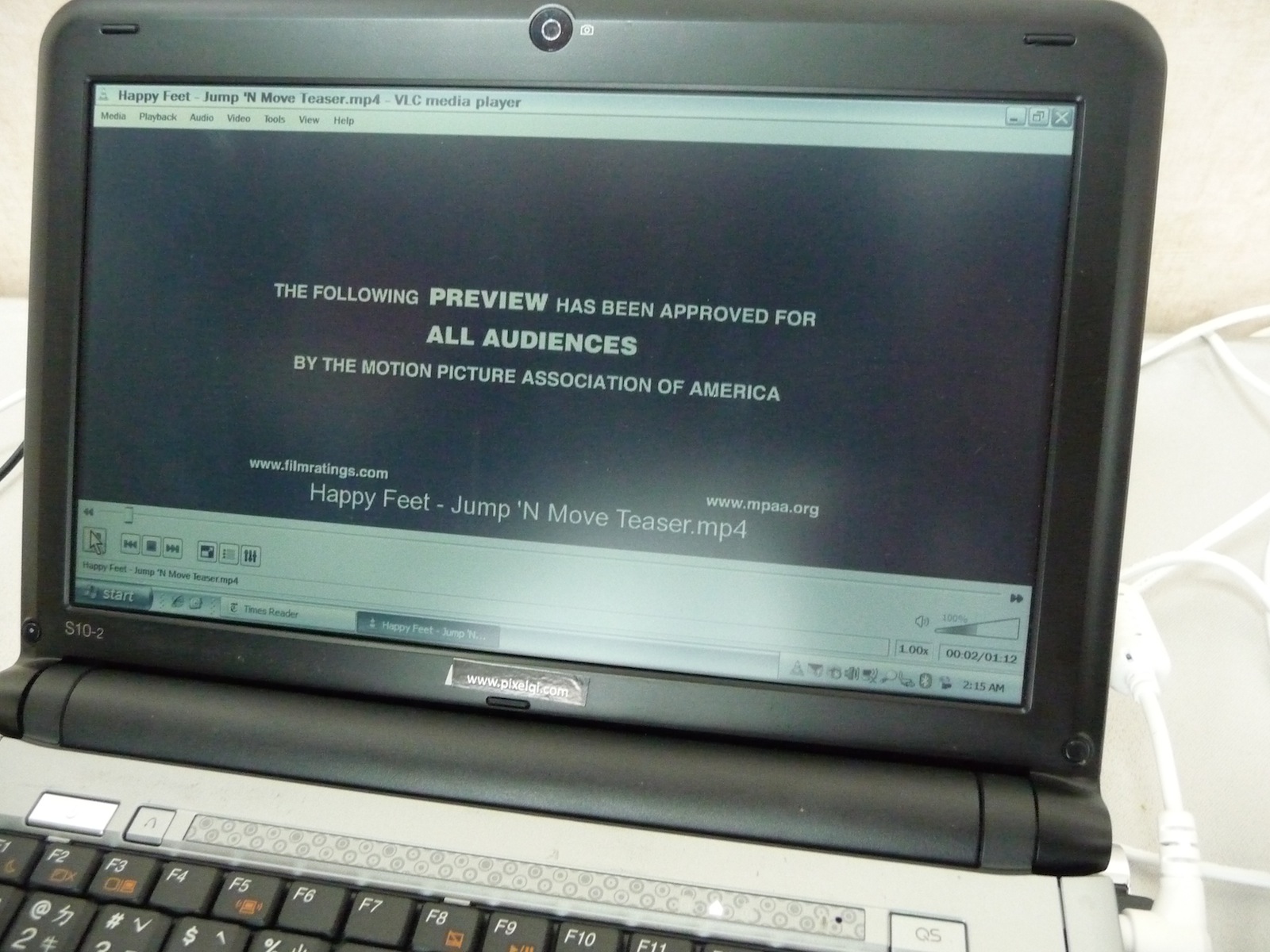Pixel Qi is the LCD Screen Type We're Waiting For
We want this on all of our mobile devices.
Pixel Qi's flat panel display technology, since its announcement last year, has promised a new type of screen that's far more usable and efficient than what we have on our notebooks today.
The company has a special LCD that offers a dual-mode that can operate both in a traditional back-lit manner as well as a highly reflective, low-power mode that nearly resembles e-ink. The result is a screen that works in low light conditions as well as in extremely bright areas, even in direct sunlight.
At Computex, we caught a demonstration of production panels that have been improved since they were shown earlier this year at CES. Since January, the model display's power consumption on a netbook-sized screen in transmissive mode has dropped from 0.7W to 0.4W.


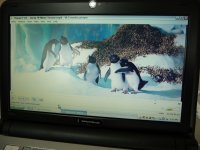
On display was the retrofitted Lenovo S10 netbook model that features a wider viewing angle than the regular panel. The user can adjust the brightness even down to a very low level in fluorescent office lighting and the screen was still clearly usable. By turning off the backlight completely, the screen takes a monochrome appearance not unlike e-ink from the ebook readers on the market today. The contrasts aren't quite as strong as true e-ink, but you gain an immense advantage of being able to turn on the backlight to get your colors back.

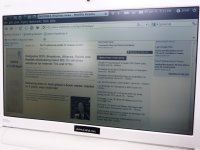
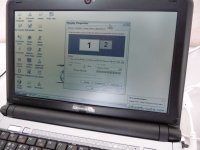
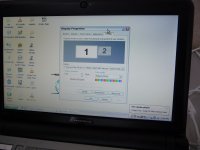
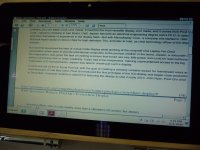
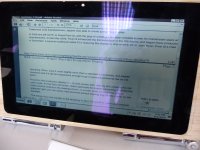
The panel was fitted both on matte and glossy displays, and it was clear that the technology looked better on the matte display. In the backlight-off mode, the display relies on external light sources, and having a glossy coating on over the image does nothing to help the picture.
Also demonstrated was the same screen technology with a capacitive sensor on top of the screen, facilitating touchscreen features. This was shown on both a netbook and a tablet from AccuSee, and the touch functions are better suited for the tablet. A Wacom tablet was also outfitted with the Pixel Qi technology, which worked just as well in both modes.
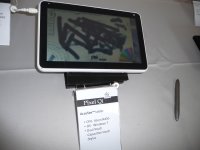
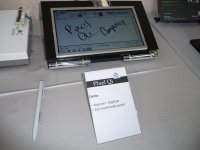
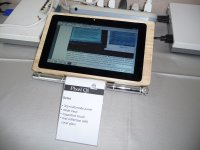
With the power savings and the added usability, we want this screen on all of our mobile devices. Pixel Qi panels are now in production, we hope to see the first products to be announced soon and to hit this summer.
Get Tom's Hardware's best news and in-depth reviews, straight to your inbox.
-
Kelavarus I have an Asus EeePC 900, and honestly, whatever it is, when I turn the brightness down to 0, it looks very similar to eReaders. Gives me nor anyone else I know any eyestrain at all, including ones who complain about it on their current laptops.Reply
But anyway, innovation is always good. -
damonation Awesome, any guesses on how long it will take till it becomes a mainstream technology?Reply -
liemfukliang I hope this is the true LCD 24 bit screen. Not typical 18 bit emulation TN LCD Panel.Reply -
bogcotton The future! Book like black and white, and full colour video.Reply
God would I be pissed if i bought an e-reader! -
JohnnyLucky Interesting article. I wonder what it means in terms of energy savings and extended battery life.Reply -
godnodog Good, cause if there is something I hate is that mirrow finishing in laptop screens, boy is that annoying!!!Reply -
MJRSnyder This is great and all but the $150 computers for the XO project have screens very much like this, and they have been around for years. Its still cool tech thoughReply -
g00ey Here's a summary of the new transreflective technologies that are coming to the market:Reply
A comparison of second generation displays ... (besttablereview.com) -
digiex KelavarusI have an Asus EeePC 900, and honestly, whatever it is, when I turn the brightness down to 0, it looks very similar to eReaders. Gives me nor anyone else I know any eyestrain at all, including ones who complain about it on their current laptops.But anyway, innovation is always good.Reply
The article was all about back lighting not brightness.
